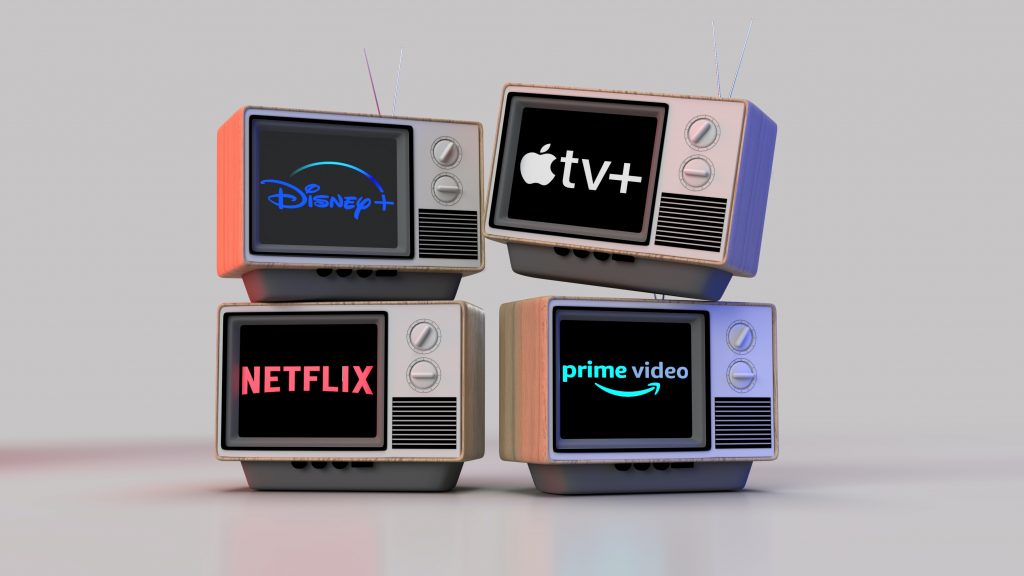By ESG Analyst Alexis Legault-Toffoli

In recent years, everyday consumption has discreetly transitioned. Previously, we would generally buy goods and services as a one-time purchase. Today, a growing number of those same goods and services are obtained through subscription services.
Corporations are finding innovative ways of incorporating subscription models into our regular consumption. For instance, while purchasing CDs was the norm, today, most people subscribe to Spotify to have access to an enormous music library.
This new business model is called the Subscription Economy, where consumers pay a recurring price periodically in exchange for a product or service. The subscription model was first pioneered by newspapers and magazines as early as the 17th century. The rise of new technologies has allowed this business model to spread across a wide range of industries such as food (HelloFresh), shopping (Amazon), software (Adobe), cars (Communauto), textbooks (VitalSource) and airline tickets. By digitalizing goods and services and focusing on customer experience, companies have widened the scope of what subscriptions can cover. Goods and services are now being provided and distributed quasi-instantaneously, such as with same-day shipping and instant access to movies. This study found that through subscriptions, consumers value more their experience, with the product becoming a complementary aspect. What was once a one-time purchase has turned into recurring payments.
What are the benefits?
For consumers, this model offers stronger customization, frequent updates and maintenance, convenience, and low overhead costs.
For corporations, the subscription model generates predictable income, attracts more customers, increases revenue, and encourages returning consumers.
Overall, this study found that subscription-based companies have been an enormous global success. In 2021, 81% of American adults subscribe to at least one service. The subscription economy grew over 300% from 2014 to 2021, with subscription-based businesses growing 5 to 8 times faster than traditional ones. The market size of the subscription economy worldwide went from 215 billion USD in 2000 to 530 billion USD in 2020.
However, the subscription model, with easy cancellations, has the downside of creating a high turnover rate due to the low cost of transition and prevalent competition. Additionally, consumers get saturated by the overwhelming number of subscriptions, causing an economic strain on their wallets. This incentivizes them to cut down on their subscriptions. At last, establishing a continuous relationship with consumers requires maintenance and an expensive customer service bill.
Should you be worried?
An alarmingly insufficient amount of research has been conducted on the social consequences of the new subscription economy. Fortunately, this 2017 article on the effects of the subscription model of iTunes mentions interesting concerns and patterns we should consider.
Previously, when buying a CD as a one-time purchase you would own it and continuously have access to it. Today, with a subscription to iTunes, you have access to more music for a cheaper price per month. But the moment you stop paying, you instantly lose access. Although you spent 120$ last year on music with iTunes, when you stop subscribing you have nothing to show for it. This leads to an endless cycle of consumption to maintain access, increasing the amount people spend. This example can be extended to other areas; you repeatedly spend money on goods and services that you never own. You pay for access, which you only maintain if you keep paying.
The difference with less digitalized subscription models is that when you subscribe to a newspaper, for instance, you still own old issues even after you stop paying. New technologies have extended the reach of a corporation’s control over its products, weakening the consumers’ ability to own. Hence, this concern is mostly for subscription models providing digitalized commodities.
Of course, this does not necessarily need to be a negative change, and for some subscription models, it is not even a concern. However, it is important to stay informed when power dynamics are evolving.
Now we should ask ourselves if the rise of the subscription economy will change our dependence on corporations. Do we still have control over what we are paying for? Who is being marginalized by this shift? Who is benefiting? What are the long-term effects? Until more research is done, we should remain vigilant of these changes.
Sources:
https://www.tandfonline.com/doi/abs/10.1080/03007766.2016.1264101
https://journals.sagepub.com/doi/abs/10.1177/00222437221080163
https://www.mdpi.com/2076-328X/12/6/179
https://www.diva-portal.org/smash/get/diva2:1564273/FULLTEXT01.pdf
https://www.zbw.eu/econis-archiv/bitstream/11159/494305/1/EBP080365442_0.pdf
